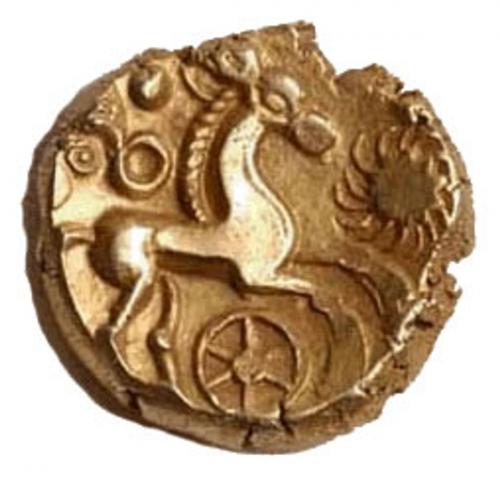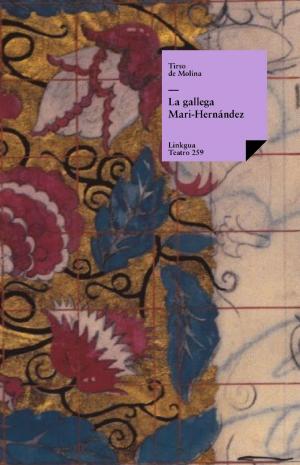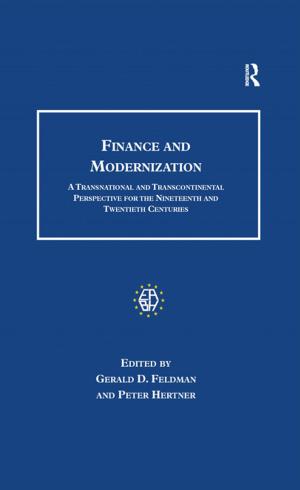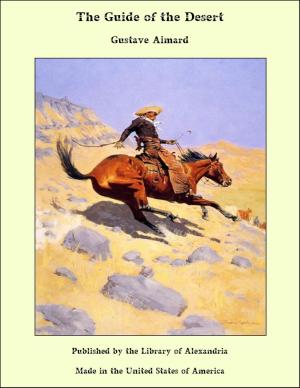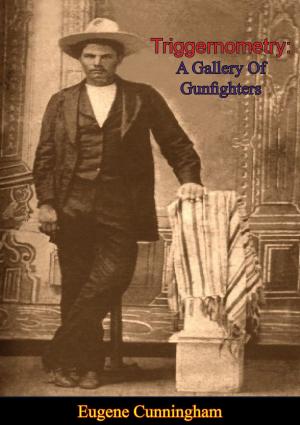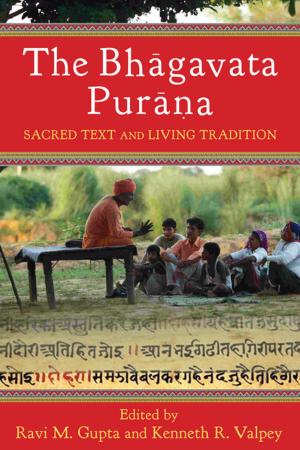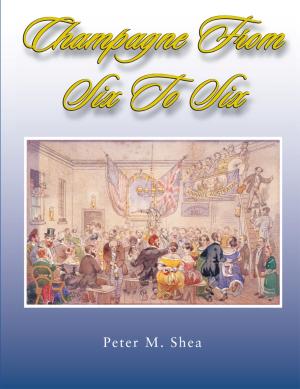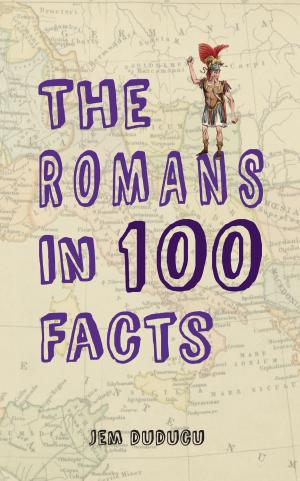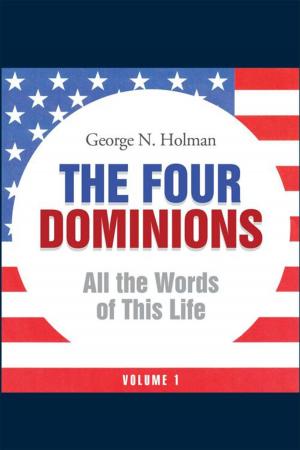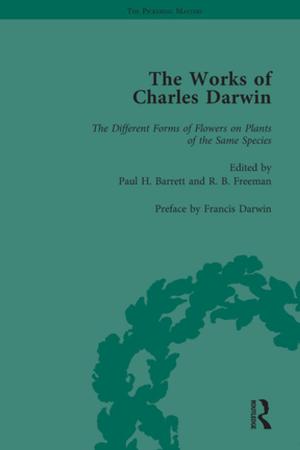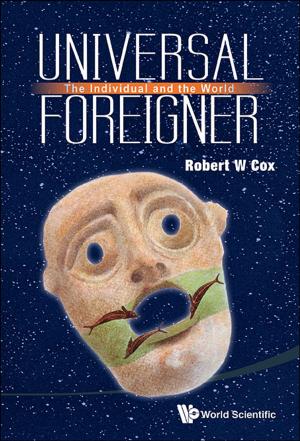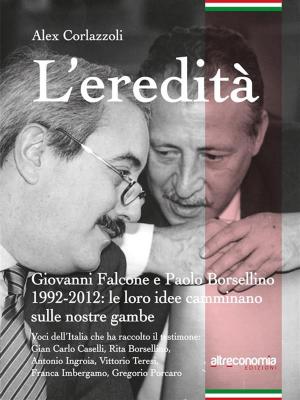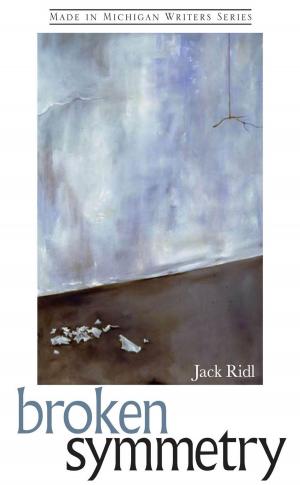Celtic Britain eBook - 31 Pages
Nonfiction, Reference & Language, Reference, Encyclopedias, Social & Cultural Studies, Social Science, History| Author: | Mr Michael Robert Mumford | ISBN: | 9781912376377 |
| Publisher: | Mr Michael Robert Mumford | Publication: | March 30, 2018 |
| Imprint: | MUMFORDBOOKS-GUIDES | Language: | English |
| Author: | Mr Michael Robert Mumford |
| ISBN: | 9781912376377 |
| Publisher: | Mr Michael Robert Mumford |
| Publication: | March 30, 2018 |
| Imprint: | MUMFORDBOOKS-GUIDES |
| Language: | English |
Full 31 page: Brief Pre-History of the Celts 3000BC-1200 Bronze Age, gradually Iron Age developed by 700 BC early evidence of Celts burying their iron swords with their dead. Over the last few years 1000's of coins and rare objects have also been found, helping to trace the missing social and trading areas. We start with Stonehenge our most impressive prehistoric monument located in the English county of Wiltshire, about 3.2 kilometres (2.0 miles) west of Amesbury and 13 kilometres (8.1 miles) north of Salisbury. One of the most famous sites in the world, Stonehenge is composed of earthworks surrounding a circular setting of large standing stones. It is at the centre of the most dense complex of Neolithic and Bronze Age monuments in England, including several hundred burial mounds. Some say they are aligned to the stars, with our sun the principle witness. Mankind learns new skills working in ever larger family groups. Spiritual culture can only grow in times when you have food and shelter and additional time to think and plan for a better life. Early humans of all races helped each other to survive by hunter gathering. The mining of tin and copper was equally indispensable to the people of old. When man emerged from the age in which his only tools and weapons were of stone, and began to use metal, his first metal was bronze. This is not found in the earth, but has to be manufactured. It is an alloy of copper and tin, the tin being added to the copper to give a harder product. Gold and silver for ritual objects for priests and chieftains were made in large numbers. Coins in bronze helped trading to expand. Julius Caesar invaded southern Britain in BC 55 and 54, the Romans began their second conquest of Britain in 43 AD, and lasted for nearly 400 years.
Full 31 page: Brief Pre-History of the Celts 3000BC-1200 Bronze Age, gradually Iron Age developed by 700 BC early evidence of Celts burying their iron swords with their dead. Over the last few years 1000's of coins and rare objects have also been found, helping to trace the missing social and trading areas. We start with Stonehenge our most impressive prehistoric monument located in the English county of Wiltshire, about 3.2 kilometres (2.0 miles) west of Amesbury and 13 kilometres (8.1 miles) north of Salisbury. One of the most famous sites in the world, Stonehenge is composed of earthworks surrounding a circular setting of large standing stones. It is at the centre of the most dense complex of Neolithic and Bronze Age monuments in England, including several hundred burial mounds. Some say they are aligned to the stars, with our sun the principle witness. Mankind learns new skills working in ever larger family groups. Spiritual culture can only grow in times when you have food and shelter and additional time to think and plan for a better life. Early humans of all races helped each other to survive by hunter gathering. The mining of tin and copper was equally indispensable to the people of old. When man emerged from the age in which his only tools and weapons were of stone, and began to use metal, his first metal was bronze. This is not found in the earth, but has to be manufactured. It is an alloy of copper and tin, the tin being added to the copper to give a harder product. Gold and silver for ritual objects for priests and chieftains were made in large numbers. Coins in bronze helped trading to expand. Julius Caesar invaded southern Britain in BC 55 and 54, the Romans began their second conquest of Britain in 43 AD, and lasted for nearly 400 years.
